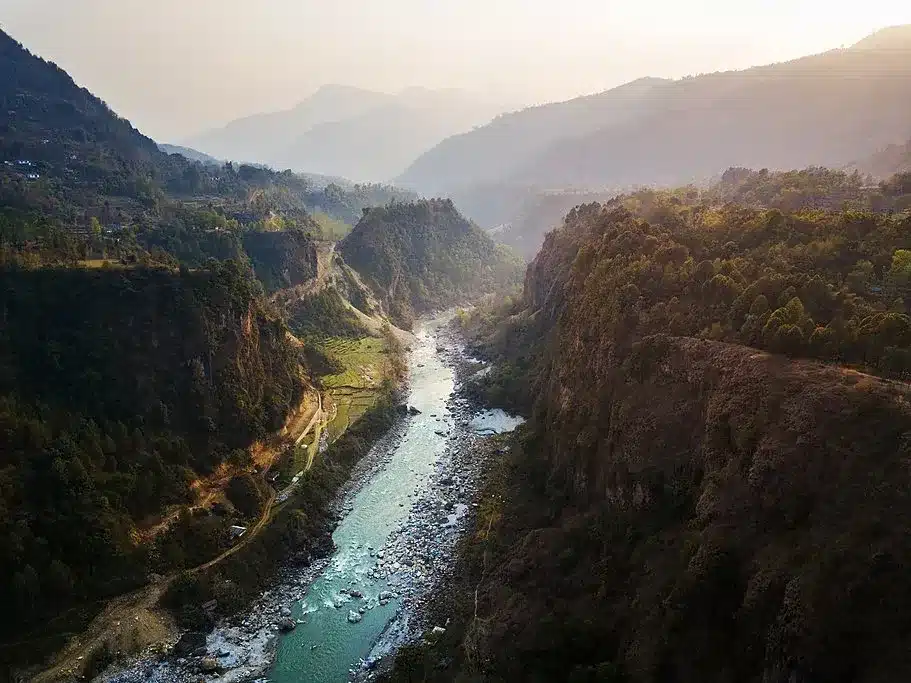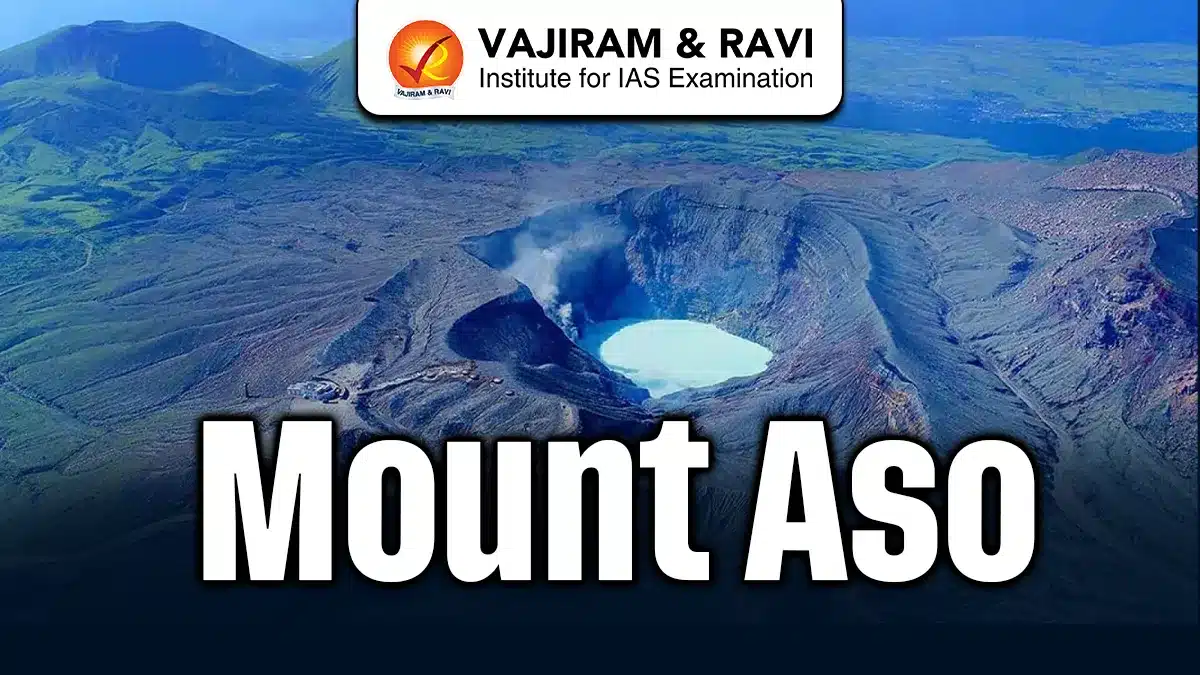About Gandaki River:
- The Gandaki River, also known as the Narayani and Gandak, is one of the major rivers in Nepal and a left-bank tributary of the Ganges in India.
- Course:
- It is formed by the union of the Kali and Trisuli rivers, which rise in the Great Himalaya Range in Nepal.
- From this junction to the Indian border, the river is called the Narayani.
- It flows southwest into India and then turns southeast along the Uttar Pradesh–Bihar state border and across the Indo-Gangetic Plain.
- It enters the Ganges (Ganga) River opposite Patna, Bihar, after a winding course of 475 miles (765 km).
- The river has a total catchment area of46,300 sq.km, out of which 7620 sq km is located in India.
- It is bounded on north by the Himalayas, south by the River Ganga, east by the Burhi Gandak Basin and on the west by the Ghagra Basin.
- There are about 1,710 glaciers and over 300 lakes in the upper catchment of Gandaki.
- Major Tributaries: Daraudi, Seti, Madi, Marsyandi, and Budhi Gandaki.
- The river is known for possessing a deep George from the Himalayan region. At its deepest point, the gorge reaches a staggering depth of approximately 3,000 meters (9,800 feet). This makes it one of the deepest river gorges in the world.
- The Gandaki River is mentioned in the ancient Sanskrit epic Mahabharata.
Q1: Which are the major tributaries of the Ganga River?
A large number of tributaries like Alaknanda, Ramganga, Kali, Yamuna, Gomti, Ghagra, Gandak, Kosi and Sone, draining 11 states of the country join River Ganga at different confluence points during its journey.
Last updated on January, 2026
→ Check out the latest UPSC Syllabus 2026 here.
→ Join Vajiram & Ravi’s Interview Guidance Programme for expert help to crack your final UPSC stage.
→ UPSC Mains Result 2025 is now out.
→ UPSC Notification 2026 Postponed for CSE & IFS which was scheduled to be released on 14 January 2026.
→ UPSC Calendar 2026 has been released.
→ UPSC Prelims 2026 will be conducted on 24th May, 2026 & UPSC Mains 2026 will be conducted on 21st August 2026.
→ The UPSC Selection Process is of 3 stages-Prelims, Mains and Interview.
→ Prepare effectively with Vajiram & Ravi’s UPSC Prelims Test Series 2026 featuring full-length mock tests, detailed solutions, and performance analysis.
→ Enroll in Vajiram & Ravi’s UPSC Mains Test Series 2026 for structured answer writing practice, expert evaluation, and exam-oriented feedback.
→ Join Vajiram & Ravi’s Best UPSC Mentorship Program for personalized guidance, strategy planning, and one-to-one support from experienced mentors.
→ UPSC Result 2024 is released with latest UPSC Marksheet 2024. Check Now!
→ UPSC Toppers List 2024 is released now. Shakti Dubey is UPSC AIR 1 2024 Topper.
→ Also check Best UPSC Coaching in India

















